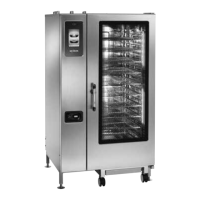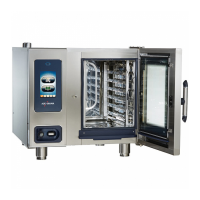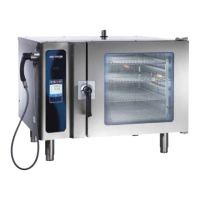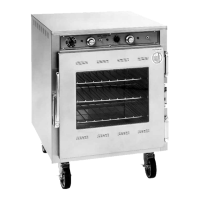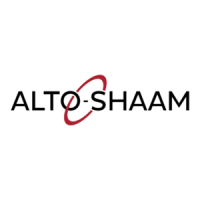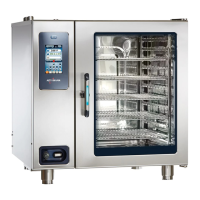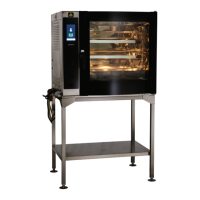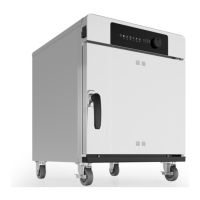PROTECTING STAINLESS STEEL SURFACES
I
t is important to guard against
c
orrosion in the care of
s
tainless steel surfaces.
H
arsh, corrosive, or
i
nappropriate chemicals can
completely destroy the
protective surface layer of stainless steel.
Abrasive pads, steel wool, or metal implements
will abrade surfaces causing damage to this
protective coating and will eventually result in
areas of corrosion. Even water, particularly hard
water that contains high to moderate
concentrations of chloride, will cause oxidation
and pitting that result in rust and corrosion. In
addition, many acidic foods spilled and left to
remain on metal surfaces are contributing factors
that will corrode surfaces.
Proper cleaning agents, materials, and methods
are vital to maintaining the appearance and life of
this appliance. Spilled foods should be removed
and the area wiped as soon as possible but at the
very least, a minimum of once a day. Always
thoroughly rinse surfaces after using a cleaning
agent and wipe standing water as quickly as
possible after rinsing.
CLEANING AGENTS
U
SE AUTHORIZED COMBITHERM CLEANER ONLY
Cleaning agents must be chloride-free compounds
and must not contain quaternary salts. Never use
hydrochloric acid (muriatic acid) on stainless steel
surfaces. Unauthorized cleaning agents may
discolor or harm interior surfaces of the oven.
Read and understand label and material safety
data sheet before using the oven cleaner.
CLEANING MATERIALS
The cleaning function can usually be accomplished
with the proper cleaning agent and a soft, clean
cloth. When more aggressive methods must be
employed, use a non-abrasive scouring pad on
difficult areas and make certain to scrub with the
visible grain of surface metal to avoid surface
scratches. Never use wire brushes, metal scouring
pads, or scrapers to remove food residue.
C L E A N I N G A N D P R E V E N T I V E M A I N T E N A N C E
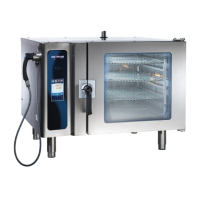
